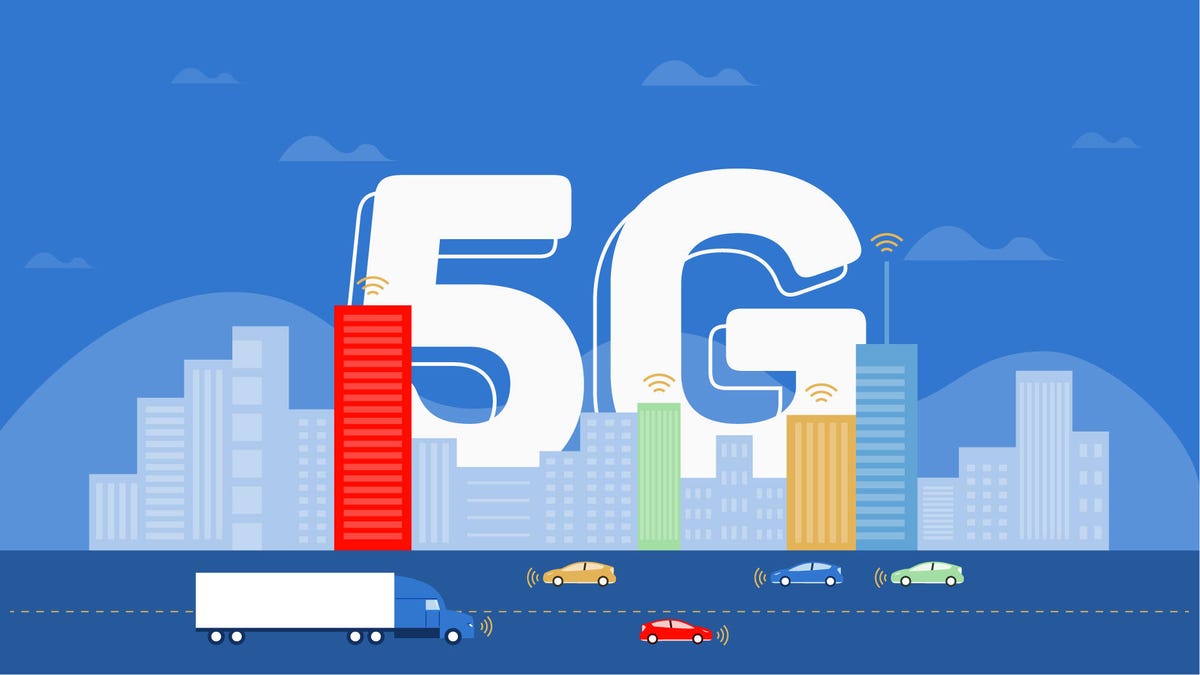Verizon Business CEO talks 5G, rural broadband service and mobile edge computing
Tami Erwin, head of Verizon Business, talks about the opportunity to use 5G to connect rural customers.

5G alone won't cut down that lag time. Something called mobile edge computing will play a key role.
One of the key traits of 5G is its ability to cut down on the latency, or lag time, on apps like Fortnite or streaming services like Netflix. The idea is, you tap your phone and it instantly responds. But there's another technology that works in concert with 5G called mobile edge computing.
It's a wonky-sounding term, but essentially it means that companies like Amazon can work with carriers -- they're all doing mobile edge computing -- to bring processing power closer to your phone.
Right now, when you tap on the Netflix app or press fire on your gun in Fortnite, your phone sends a signal to the closest cell tower, which then takes a ride on a fiber-optic line back to a data center -- often several states away -- where the command is processed and a response is sent all the way back to your phone.
In your hands, there probably doesn't seem to be much of a lag -- maybe seconds or a fraction of a second. But for future applications like self-driving cars or remote medical diagnostics, those fractions of a second count. Moving that computing process closer to you, so that round trip from your phone is much, much shorter, can have a huge impact on your life.
That's why I invited Verizon Business CEO Tami Erwin to discuss what mobile edge computing is and why it will play such a big role in our lives, even if you never really notice it. Erwin joins me on the Daily Charge podcast in a two-part interview running Tuesday and Wednesday. Listen in for the full interview.
In the second part of the interview, Erwin discusses what Verizon plans to do with the massive swath of spectrum it acquired in the FCC spectrum auction that ended last month. Those plans include offering more home internet service through the new bands of spectrum, which cover more parts of the country.
The company previously said that customers will have access to the new C-band spectrum, which should provide a huge boost of speed, within 12 months. She noted that iPhone 12 users will be able to tap into that new spectrum without a change, and that 70% of 5G phones on its network are already compatible.
Erwin also took a shot at T-Mobile's coverage, calling it "Swiss cheese" because it isn't contiguous spectrum and only offers the ability to bolster coverage market by market.
T-Mobile, which didn't respond to a request for comment, touts its current advantage because it already employs spectrum similar to the C-band radio airwaves and has arguably the most extensive 5G network among the big three carriers in the US.
Check out part 2 here:

